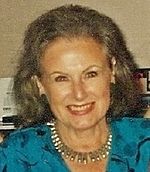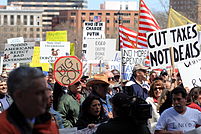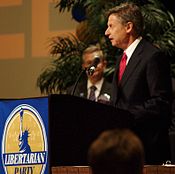
The Libertarian Party (LP) is a political party in the United States that promotes civil liberties, non-interventionism, laissez-faire capitalism, and limiting the size and scope of government. The party was conceived in August 1971 at meetings in the home of David F. Nolan in Westminster, Colorado, and was officially formed on December 11, 1971, in Colorado Springs. The organizers of the party drew inspiration from the works and ideas of the prominent Austrian school economist, Murray Rothbard. The founding of the party was prompted in part due to concerns about the Nixon administration, the Vietnam War, conscription, and the introduction of fiat money.

The Peace and Freedom Party (PFP) is a left-wing political party with ballot status in California. Its first candidates appeared on the 1966 New York ballot. The Peace and Freedom Party of California was organized in early 1967, gathering over 103,000 registrants which qualified its ballot status in January 1968 under the California Secretary of State Report of Registration.
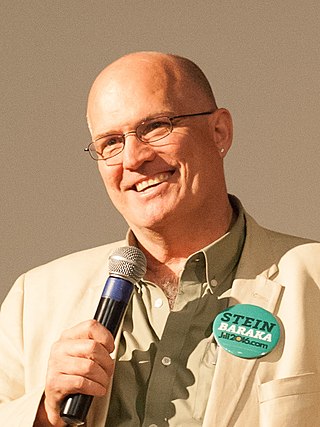
David Keith Cobb is an American political activist who was the Green Party presidential candidate for the 2004 election. Cobb later became the campaign manager for fellow Green Jill Stein for her presidential run in 2016.

Michael James Badnarik was an American software engineer, political figure, and radio talk show host. He was the Libertarian Party nominee for President of the United States in the 2004 elections, and placed fourth in the race, behind independent candidate Ralph Nader and the two major party candidates, George W. Bush and John Kerry. Two years later Badnarik ran as a Libertarian Party candidate in the 2006 congressional elections for Texas's 10th congressional district seat near Austin. In a three candidate field, Badnarik came in third, receiving 7,603 votes for 4.3% of the vote.
The Libertarian National Convention is held every two years by the Libertarian Party to choose members of the Libertarian National Committee (LNC), and to conduct other party business. In presidential election years, the convention delegates enact a platform and nominate the Libertarian presidential and vice-presidential candidates who then face the nominees of other parties in the November general election.
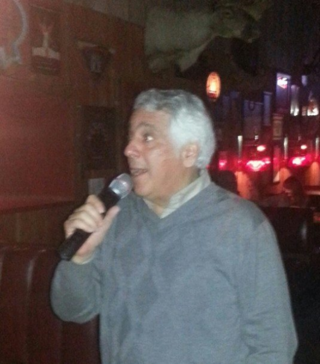
Richard Vincent Campagna of Iowa City, Iowa was the vice-presidential running mate of Michael Badnarik of the Libertarian Party in the 2004 U.S. presidential election.
The 2004 Libertarian National Convention was held from May 28 to May 31, 2004, at the Marriott Marquis Hotel in Atlanta, Georgia. The delegates at the convention, on behalf of the U.S. Libertarian Party, nominated Michael Badnarik for president and Richard Campagna for vice president in the 2004 presidential election. The convention was televised nationally on C-SPAN.

The Libertarian Party of New York (LPNY), is the affiliate of the Libertarian Party in the U.S. state of New York. Due to changes in New York State election law in 2020, the Libertarian Party lost its ballot status. It is the recognized affiliate of the national Libertarian Party.

The 2008 Libertarian National Convention was held from May 22 to May 26, 2008, at the Sheraton Hotel in Denver, Colorado. The delegates at the convention, on behalf of the U.S. Libertarian Party, nominated Bob Barr for president and Wayne Allyn Root for vice president in the 2008 presidential election. The convention was televised nationally on C-SPAN.
The 2004 presidential campaign of Michael Badnarik, software engineer and candidate for the Texas legislature in 2000 and 2002, began on February 17, 2003, three months after starting an exploratory committee on November 17, 2002. He spent over a year traveling the country, totaling over 25,000 miles prior to the 2004 Libertarian National Convention. On the second night of the Convention, he participated in a debate with the other Libertarian candidates, broadcast on C-SPAN.
The 2004 presidential campaign of David Cobb, a Texas attorney, was Cobb's second overall election campaign, having run for State Attorney General in 2002. Prior to seeking the presidential nomination of the Green Party of the United States, he was involved with Ralph Nader's campaign in 2000 and was an activist for the Green Party.

The 2008 presidential campaign of Bob Barr, former Congressman of Georgia began on May 12, 2008. He announced his candidacy for the Libertarian Party's president after months of grassroots draft efforts. Barr was criticized by Libertarians who opposed his efforts in Congress, which included sponsorship of the Defense of Marriage Act and votes in favor of the USA PATRIOT Act and authorization of the War in Iraq, but he was supported by others who accepted his regret for those positions. Barr won the party's nomination after six rounds of balloting at the 2008 Libertarian Party National Convention. Former contender Wayne Allyn Root was named as his running mate. Reason magazine senior editor Radley Balko called Barr "the first serious candidate the LP has run since I've been eligible to vote."
This article contains lists of official third party and independent candidates associated with the 2012 United States presidential election.
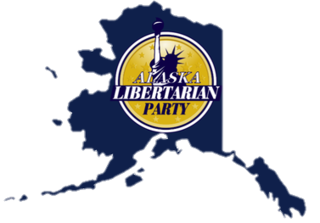
The Libertarian Party of Alaska is the affiliate of the Libertarian Party (LP) in Alaska, headquartered in Anchorage.
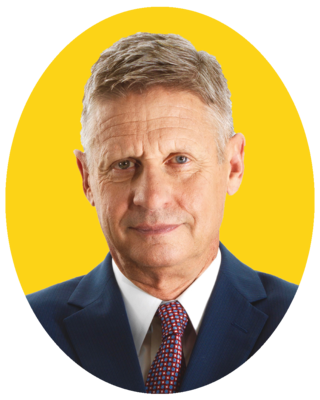
The 2016 Libertarian National Convention was the gathering at which delegates of the Libertarian Party chose the party's nominees for president and vice president in the 2016 national election. The party selected Gary Johnson, a former Governor of New Mexico, as its presidential candidate, with Bill Weld, a former Governor of Massachusetts as his running mate. The convention was held from May 26–30, 2016, in Orlando, Florida.

The 2016 Green Party presidential primaries were a series of primaries, caucuses and state conventions in which voters elected delegates to represent a candidate for the Green Party's nominee for President of the United States at the 2016 Green National Convention. The primaries, held in numerous states on various dates from January to July 2016, featured elections publicly funded and held as an alternative ballot, concurrent with the Democratic and Republican primaries, and elections privately funded by the Green Party, held non-concurrently with the major party primaries. Over 400 delegates to the Green National Convention were elected in these primaries, with a candidate needing a simple majority of these delegates to become the party's nominee for president.
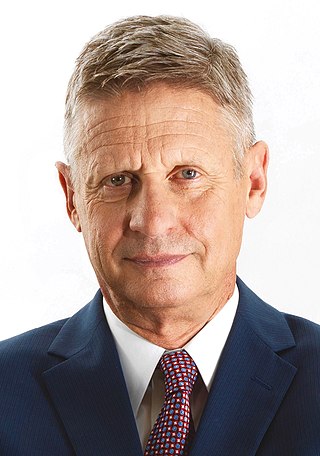
The 2016 Libertarian Party presidential primaries and caucuses allowed electors to indicate non-binding preferences for the Libertarian Party's presidential candidate. These differed from the Republican or Democratic presidential primaries and caucuses in that they did not appoint delegates to represent a candidate at the party's convention to select the party's nominee for the United States presidential election. The party's nominee for the 2016 presidential election was chosen directly by registered delegates at the 2016 Libertarian National Convention, which ran from May 26 to 30, 2016. The delegates nominated former New Mexico Governor Gary Johnson for President and former Massachusetts Governor Bill Weld for Vice President.

The 2020 Libertarian National Convention delegates selected the Libertarian Party nominees for president and vice president in the 2020 United States presidential election. Primaries were held, but were preferential in nature and did not determine delegate allocation. The convention was originally scheduled to be held from May 21 to May 25 at the JW Marriott Austin luxury hotel in downtown Austin, Texas. On April 26, all reservations at the JW Marriott Austin were canceled in response to the COVID-19 pandemic, leaving the convention oversight committee to seek another venue for a possible July date.
